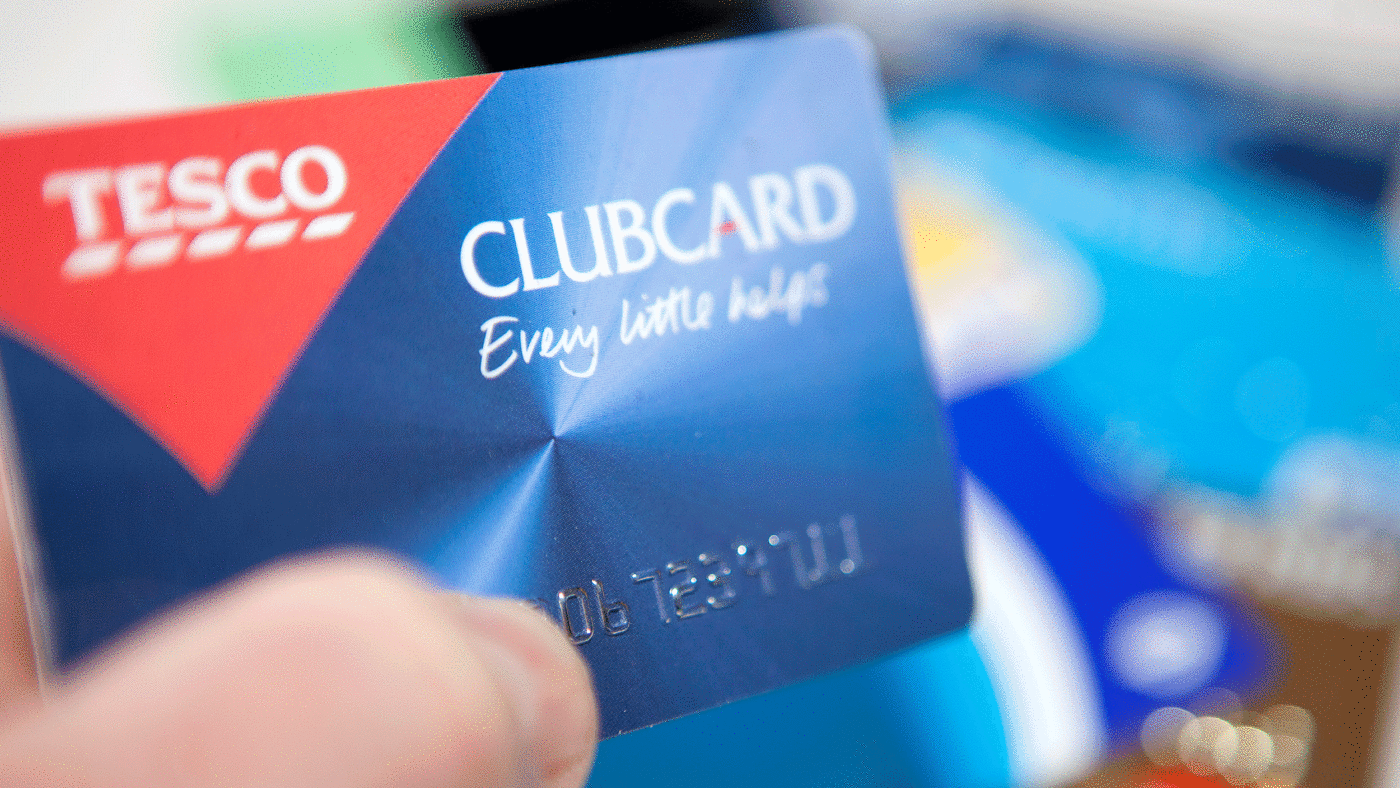Accusing supermarkets of price gouging amid the cost-of-living crisis is something of a reflex for sections of the left. ‘It’s absolutely clear that workers and their families have been fleeced at the supermarket tills,’ wrote Unite’s general secretary Sharon Graham in The Guardian in June.
Such criticisms come despite several official reports which have largely cleared the British food and drink sector of wrongdoing, the latest being a Competition and Markets Authority (CMA) update in November.
That showed that across 10 product categories about three-quarters of branded suppliers pushed prices beyond what was justified by input cost rises. Yet this coincided with drops in volume sales for many brands, as shoppers either cut back on pricey products or moved to cheaper own label alternatives.
Competition between grocers and their suppliers has helped mitigate inflation, in other words. Shoppers are loyal to select brands, the CMA notes, but grocery remains a market where price-sensitive shoppers can and do switch.
That’s disappointing for Unite and other critics of supermarkets. But even though the case for rampant profiteering from the cost-of-living crisis has been dismissed, a new target has been found in retailers’ evolving strategy for loyalty schemes.
The likes of Sainsbury’s Nectar, Tesco Clubcard, and Asda Rewards were once mostly used to collect points for money off at the till. What’s changed recently is that shoppers must swipe their loyalty cards to access the temporary discounts seen on shelves.
As CMA chief executive Sarah Cardell notes, this means ‘price promotions are only available to people who sign up for loyalty cards’, generally excluding shoppers under 18 and in some cases those not resident in the UK. The authority’s rolling review of the grocery sector will therefore continue in January 2024 with a new probe into loyalty scheme pricing.
Critics argue that ‘two-tier’ pricing is unfair to some shoppers. The Guardian’s Nils Pratley says the ‘punishment for not having a loyalty card that will record your shopping habits can be a meaningfully higher price at the till’.
The hurt will be felt by those living off-grid, as well as the lazy and disorganised. Loyalty schemes are also tougher to access for anyone lacking an email address, a group which will disproportionately include the old or otherwise tech-averse.
Legitimate barriers to access should of course be remedied. In-store help should be available to anybody who struggles with a smartphone, and stores happy to take children’s money should offer them loyalty cards too.
But there is no broader injustice here. Heeding what every good app creator knows, registering for a loyalty card is so easy it can be done while hovering over the self-service checkout. Retailers cannot be blamed for every time a customer misses the chance to save money.
What carries more force is the suggestion from consumer group Which? that supermarkets may have been ratcheting regular prices up so that they can be cut for loyalty card holders.
Yet having spent the cost-of-living crisis tracking shifting prices in British grocery, I’m sceptical. The discounts I see on my own shop are genuine reductions on normal prices. And as reflected in the CMA’s own findings, shoppers are generally happy to switch to rivals if they feel their regular brand is trying to stiff them.
My prediction is therefore that the CMA’s probe into loyalty scheme pricing is unlikely to turn up much evidence of malfeasance. Industry representatives will claim, with some justice ,that they continue to be scapegoated for disruption in global energy markets and knock-on impacts in other input costs.
And ironically for grocers’ critics, the probe will also distract from a heftier problem. For years food suppliers have argued that retailers have been so effective at bargaining them down that it’s become perilously hard to turn a profit in some categories – British meat production being an especially resonant example.
Retailers will claim that consumers have got used to low prices for certain products, but it is often price competition between grocers that’s led to that expectation. More will be revealed when the Commons Environment, Food and Rural Affairs Committee finishes its investigation on fairness in the food supply chain, launched in May.
But whoever is to blame, it’s a problem that needs fixing. Slightly less than half of the food on our plates is produced in the UK, according to an official food security report from 2021, and even this figure is threatened by risks associated with climate change. If those making our food aren’t paid fairly, we’ll be paying for it with more than our wallets.
Click here to subscribe to our daily briefing – the best pieces from CapX and across the web.
CapX depends on the generosity of its readers. If you value what we do, please consider making a donation.


